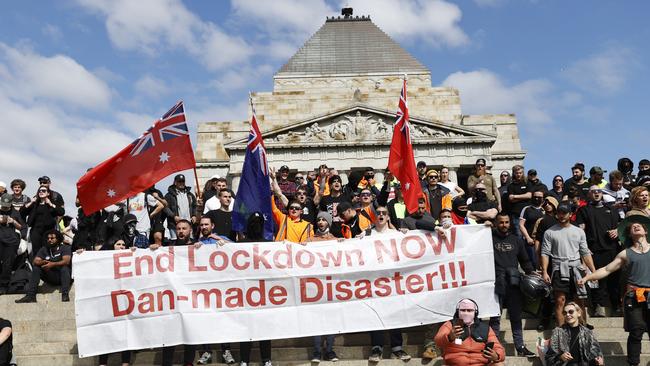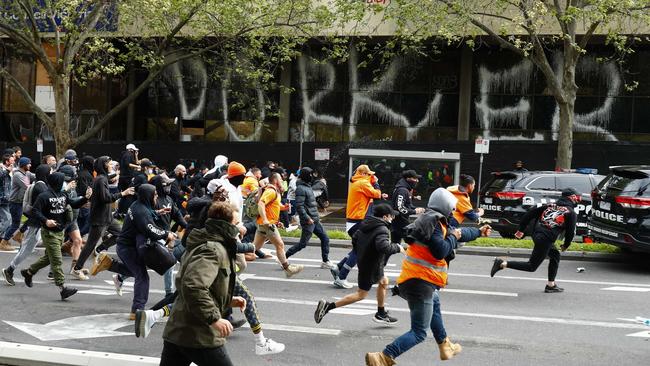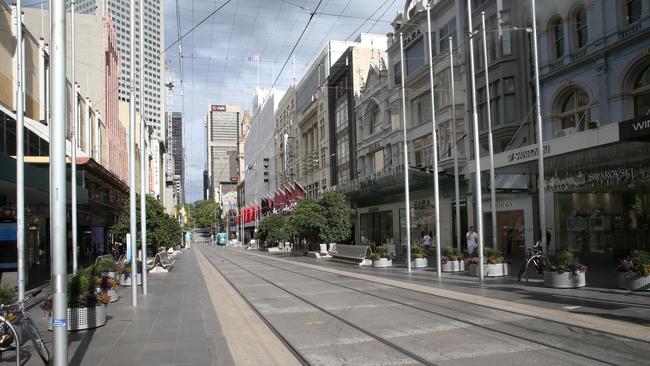
Labor is professing to address the Victorian debt crisis, fuelled by the pandemic but exacerbated by its loose spending in the name of electioneering.
Despite the rhetoric, the budget still delivers surging debt in the short term, surging taxes, surging wage costs, and a 10-year debt-reduction strategy that takes Victoria only to where it would have been without the pandemic.
Business has once again been smashed by tax rises, fundamentally to provide Labor with a workable political strategy.
The budget is also at its heart a class warfare document that attacks aspirational parents who send their children to decent private schools, but also will cost upwards of 4000 public service jobs.
By largely focusing on the big end of town and the privately (relatively) well off, Labor wants the rest of the electorate to believe that nothing much has been going on and will go on between now and 2033.
But this is, politically, a really tough budget to sell to a cost-of-living electorate.
The 10-year Covid levy will also act as a long reminder not only of the financial cost of the pandemic but the impact of the state’s many and long lockdowns.
Treasurer Tim Pallas’s ninth budget is the most significant in Victoria since the Kennett government’s first budget in 1992 – which set the scene for the post-Joan Kirner reforms.
In 2023, the biggest impact of the Covid debt-reduction strategy will be on businesses and landlords, constituencies that Pallas and Andrews are gambling will not have a dramatic impact on Labor’s grassroots support.

They are probably right that this will cauterise some of the voter backlash but it will do absolutely nothing for the state’s reputation with the private sector, which also was forced to pay heavily via the 2021 mental health reforms levy.
There is very little business expertise in the Andrews government and very little emphasis on why business is good for jobs and growth.
The effects of the $40bn of Covid-related spending will last for years, some of it coming from the commonwealth but spent in Victoria.
By 2033 – when the Liberal Party might have a show of winning an election – it’s a fair bet that everyone responsible for this document will be living in their beach houses, a long way from the fiscal realities that got the state to this point.

The budget papers show that even when allowing for the $31.5bn Covid-related debt, Victoria is in a sharply worse debt position than its closest comparison state of NSW, where net debt is forecast to hit $117bn in 2025-26, compared with Victoria’s $162bn.
This is because the Victorian government spent big, using borrowings to fund its so-called big build, which has been subjected to significant cost and timetable overruns.
The interest rate costs are also laid bare in the budget.
The 2020-21 budget forecast interest costs for next financial year of $3.9bn, while this budget predicts costs rising to $5.6bn, a sharp and obvious impact on the bottom line.
While Pallas looked uncomfortable at the budget lockup, Dan Andrews made a rare appearance for a Victorian premier, explaining to some the wisdom behind the budget.
The best guess is that Andrews will quit during this parliamentary term.
But he didn’t look at all like a man on the way out on Tuesday.
Like the Covid press conferences of yore, Andrews has a problem and he is keen to argue his way out of it.






The optics are Cain-Kirner but this is all Andrews-Pallas.